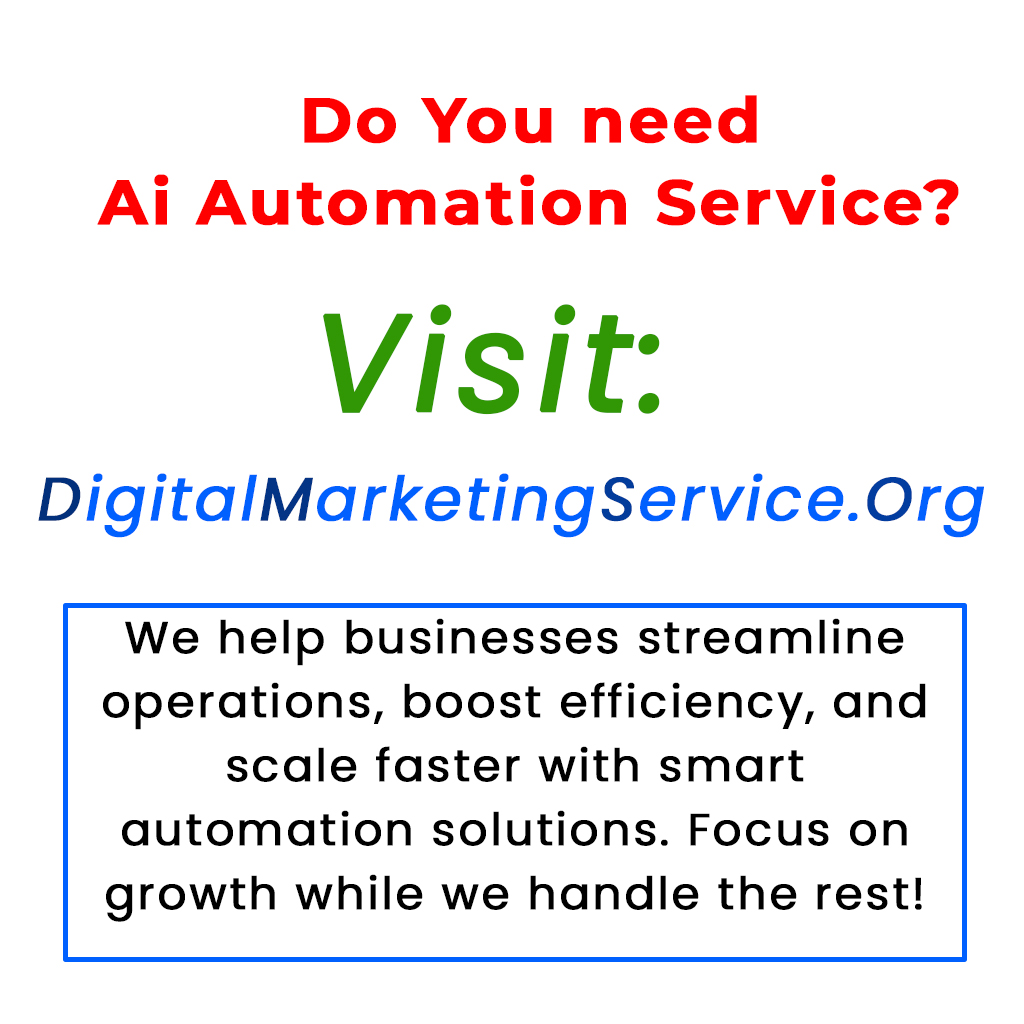In today’s rapidly evolving landscape, AI agents are reshaping business operations and value creation. However, with numerous vendors claiming to offer AI solutions, it can be challenging to discern their true capabilities. Instead of merely focusing on automating existing tasks, organizations should aim to identify and maximize their total potential value. The SPAR framework—sensing, planning, acting, and reflecting—provides a clear understanding of how AI agents function. By rethinking traditional approaches, businesses can strategically harness AI to create new value, allowing them to thrive in an era defined by autonomous systems. For those looking to learn more, online courses on AI agent strategies are now available.
As businesses embrace the era of AI agents, understanding their capabilities becomes crucial. AI is transforming how organizations operate, yet many struggle to see beyond the hype. Identifying the right ways to implement AI can unlock new value and enhance efficiency.
A major misconception is that AI should replace human work. However, organizations already create value for customers and partners. Instead of aiming to replace tasks, businesses should assess how AI can enhance existing operations. Relying solely on automation can result in missed opportunities for growth.
To effectively integrate AI agents, companies can utilize the SPAR framework—Sense, Plan, Act, and Reflect. This methodology outlines how AI collects information, makes informed decisions, executes tasks, and learns from experience, fostering continuous improvement.
Here are five steps to develop a successful AI strategy:
1. Identify the potential value your organization can deliver based on its strengths.
2. Evaluate current value creation practices.
3. Select the top opportunities to generate new value.
4. Carry out an analysis for feasibility and ROI.
5. Implement chosen strategies to enhance operations.
The path towards effective AI adoption is gradual. By focusing on creating new value rather than merely automating existing processes, organizations can thrive in this transformative landscape.
For more insights on AI and actionable business strategies, consider subscribing to our newsletters.
Tags: AI agents, business strategy, SPAR framework, value creation, automation
What does “fit over flash” mean for AI in enterprises?
“Fit over flash” means companies should focus on how well an AI solution works for their needs, rather than just being impressed by flashy features. The right fit can lead to better results and efficiency.
Why is it important for enterprises to consider practicality when choosing AI?
Practicality ensures that the AI tools chosen are useful and easy to integrate into daily operations. This helps teams work more effectively and can save time and money.
What are some common mistakes companies make with AI adoption?
Common mistakes include focusing too much on trendy technology, neglecting employee training, and not clearly defining their goals. These can lead to wasted resources and poor outcomes.
How can enterprises assess if an AI tool is a good fit?
Enterprises should evaluate the AI solution based on their specific needs, consider vendor support, and check for scalability. Pilot testing the tool can also help in making a better choice.
What benefits do companies gain by prioritizing fit over flash in AI?
By focusing on fit, companies get solutions that solve real problems, improve productivity, and enhance decision-making. This approach fosters long-term success and fosters a culture of innovation.






